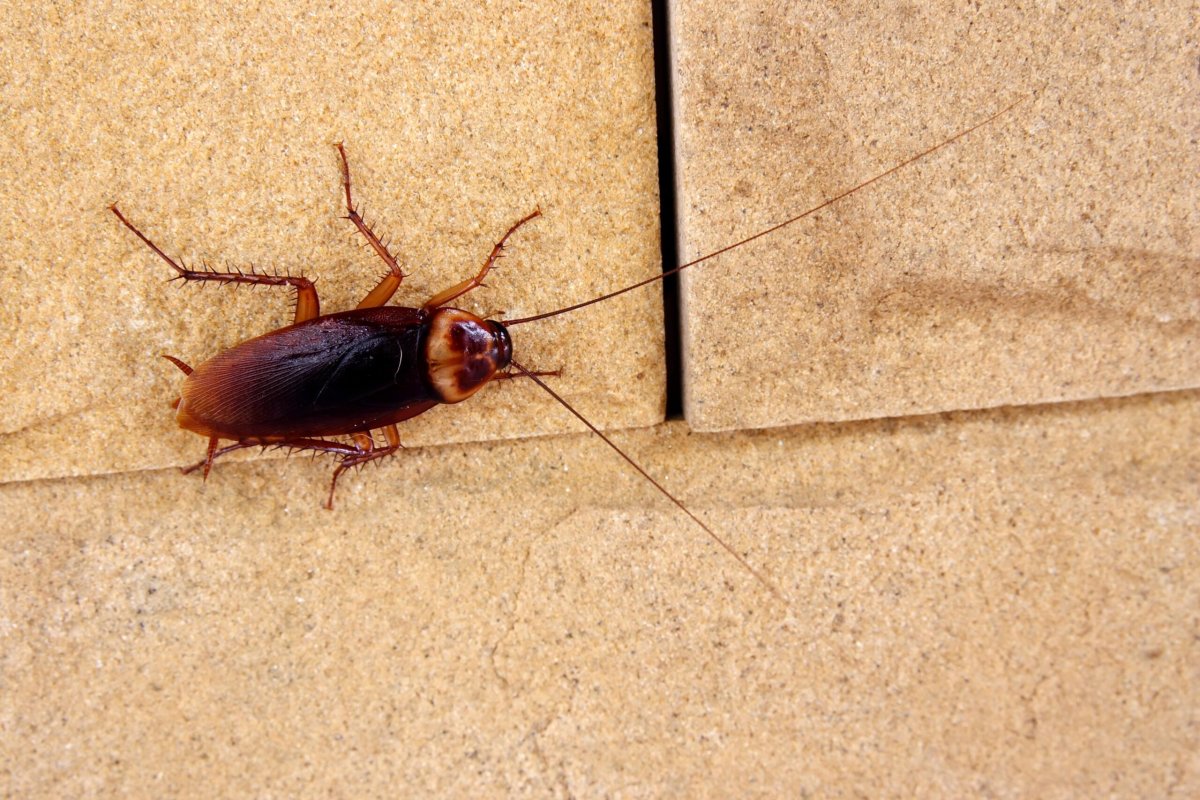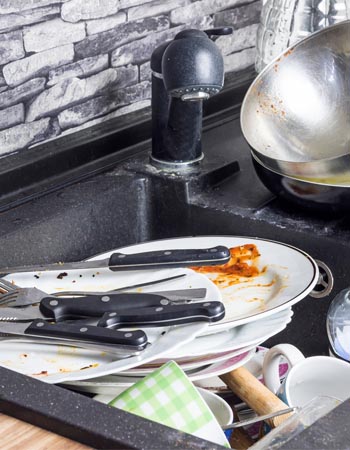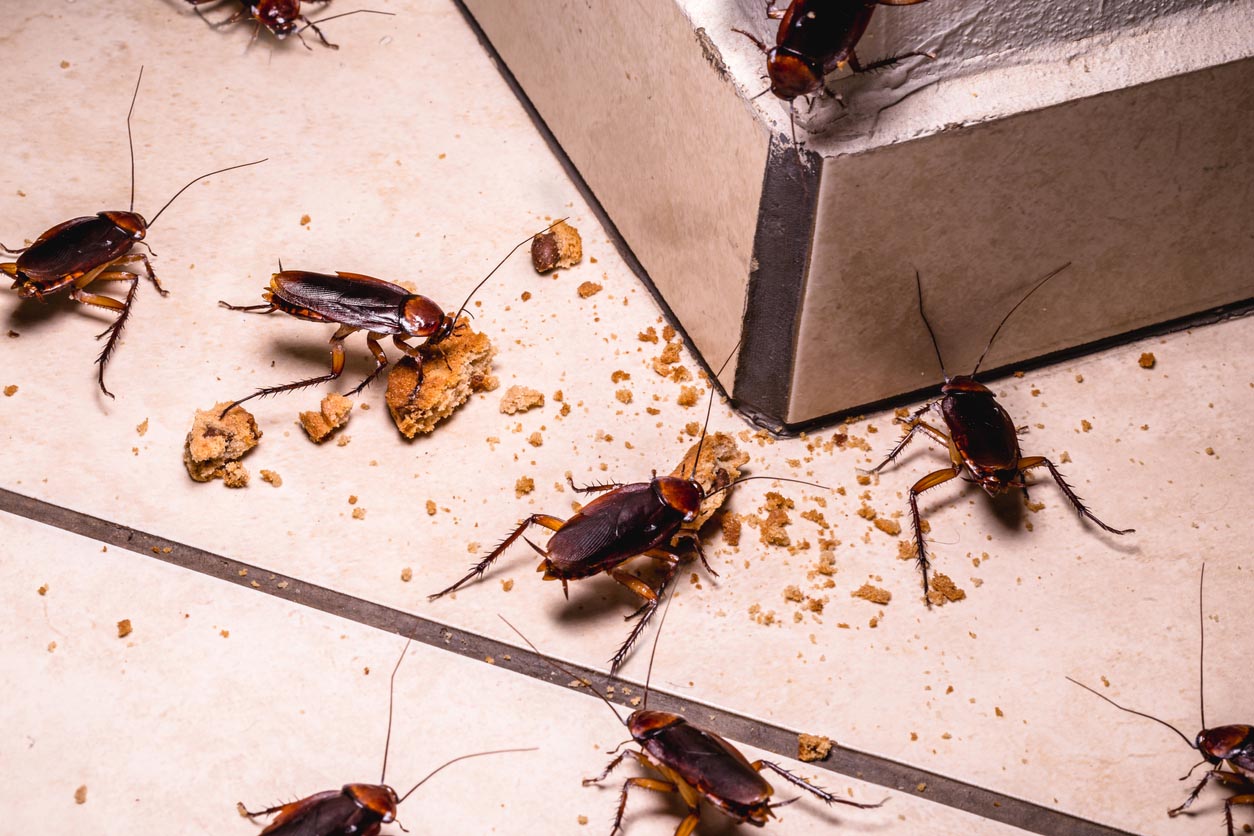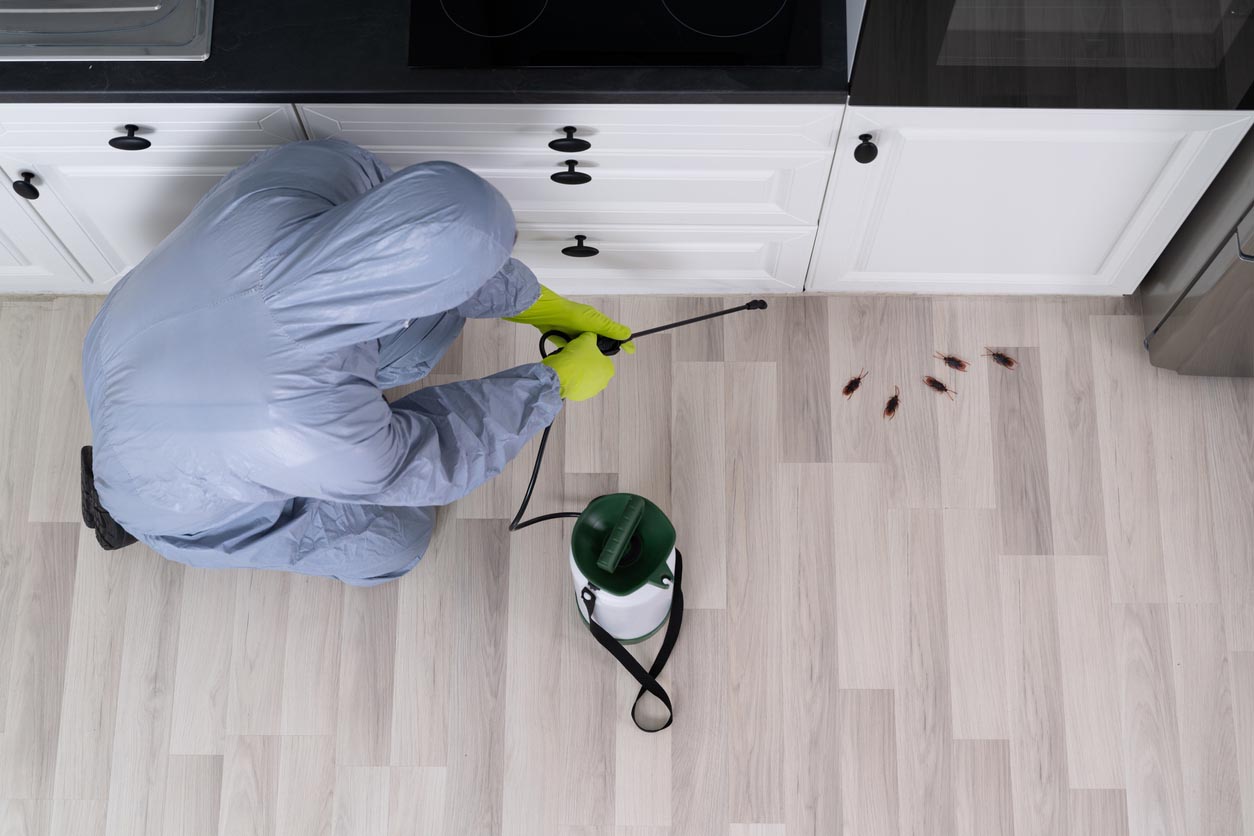

We may earn revenue from the products available on this page and participate in affiliate programs. Learn More ›
Q: I’ve been noticing a few cockroaches throughout my home lately. What attracts cockroaches, and how can I stop my house from becoming infested?
A: Many people believe that cockroaches only reside in filthy environments. However, there are many reasons why cockroaches would be attracted to a home, even a relatively clean one.
Cockroaches are attracted to any property that provides them with their basic needs of food, water, and a place to live. If cockroaches can find a home with these requirements, they will most likely stay unless they’re properly dealt with—and they may invite their friends in the process.
Cockroaches are seen as one of the most resilient and persistent pests due to their ability to adapt to extreme conditions. They also pose several health hazards to a home’s inhabitants (and pets) through the spread of disease and bacteria. Homeowners should contact pest control at the first sign of cockroaches’ presence. To ensure your home doesn’t become infested, find out what attracts cockroaches and how to keep them from sticking around.
Dirty dishes in the sink can attract roaches.

It can be easy to finish dinner and pile up dirty dishes in the sink to soak, then deal with the mess the next morning. However, this could be an invitation for cockroaches to gather in and around the kitchen sink. Cockroaches are attracted to the odors and food particles on dirty dishes. They can even feast on leftover residue in drinking glasses.
Once a cockroach recognizes a food source, it will relentlessly pursue it. This is why it’s essential to wash the dishes in the sink as often as possible and not allow them to sit around for long periods. Try rinsing dirty plates with soap and water if they must be in the sink longer than a few hours. It will also help clean the sink often, either with a commercial or DIY solution, so there are no leftover food debris or odors.
Unsealed garbage cans and trash that’s been sitting—even if it’s not food—may invite cockroaches in.
Open trash cans and unsealed garbage bags are another example of what attracts cockroaches. A homeowner may think their trash is safe from cockroaches if there isn’t any food in their trash bags; however, cockroaches can feed on more than the food humans and their pets eat.
A cockroach can ingest materials that could be toxic to other pests, such as glue, paper, drywall, hair, and dandruff, which may be present in a household trash can. Homeowners with open garbage containers should empty them as often as possible or consider purchasing a trash can with a lid.
However, it’s not just what’s inside the trash bag that will attract cockroaches—the outside of the can may also have spills or debris that could invite cockroaches. They may not be visible at first glance, so be sure to clean the trash can often. Wipe down the garbage can with a cleaning solution after emptying it and regularly wash the interior and exterior with soap, hot water, and a scrubbing tool. Outdoor garbage cans should also be cleaned to remove any debris that could attract cockroaches.
Cockroaches are naturally drawn to humid conditions, so excess moisture in a home is appealing.
As cockroaches can’t go too long without water, they’re always in search of a water source. Additionally, many cockroaches come from humid climates, causing them to want to return to similar conditions.
This is why an intrusion of cockroaches most often occurs in kitchens, bathrooms, and laundry rooms. They can be attracted to leaks in the plumbing in the bathroom or spills in the kitchen. They also may hide out under an air conditioning unit to drink up the extra condensation.
It’s common to find cockroaches living under large appliances that use water, as well as damp basements. To remedy this, mop up any excess spills, clean under air conditioning units and other large appliances, and monitor plumbing for leaks.

Food crumbs and debris can be a feast for cockroaches.
From open food containers left out on the counter to crumbs on the floor, cockroaches can easily find their way to these food sources. Unseen food particles can also be present on carpets or in between furniture without detection. Cockroaches can find the smallest food debris and feed on anything left over. It’s recommended to vacuum the home, especially high traffic areas, two times per week to keep pests at bay.
Cockroaches will also feed on spilled pet food, so it’s important to clean up after animals and clear food bowls from the floor after mealtimes. Other places where homeowners may forget about excess debris are toasters, ovens, and stovetops. Take time to deep-clean appliances and sweep up extra crumbs underneath and around large appliances.
Some locations in the home are more prone to cockroaches than others.
As mentioned above, cockroaches are drawn to warm and humid environments. While they are active year-round, roaches are most active in the summer. As the weather turns colder, cockroaches will find refuge in homes to stay warm. Humid environments are perfect places for cockroaches to make their homes. Additionally, basements and other moisture-ridden areas in the home provide a water source. A cockroach can squeeze through minuscule holes, so it’s essential to go through the house and patch up any cracks or crevices.

If you’re dealing with a cockroach infestation, call a professional.
Seeing just one cockroach in the home could be a sign of a possible infestation that will need to be addressed. If there are still cockroaches present in the home after practicing good house hygiene and utilizing the tips above, contact a pest control professional to assess the infestation and determine the best course of action. While a DIY boric acid treatment might help, a professional knows how to eradicate cockroaches. In the future, survey the home at least once a month to ensure cockroach prevention strategies are still in place and working correctly.
